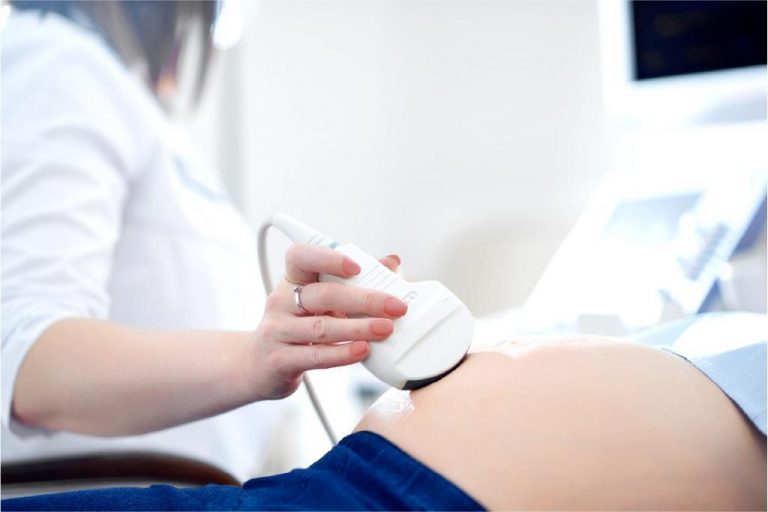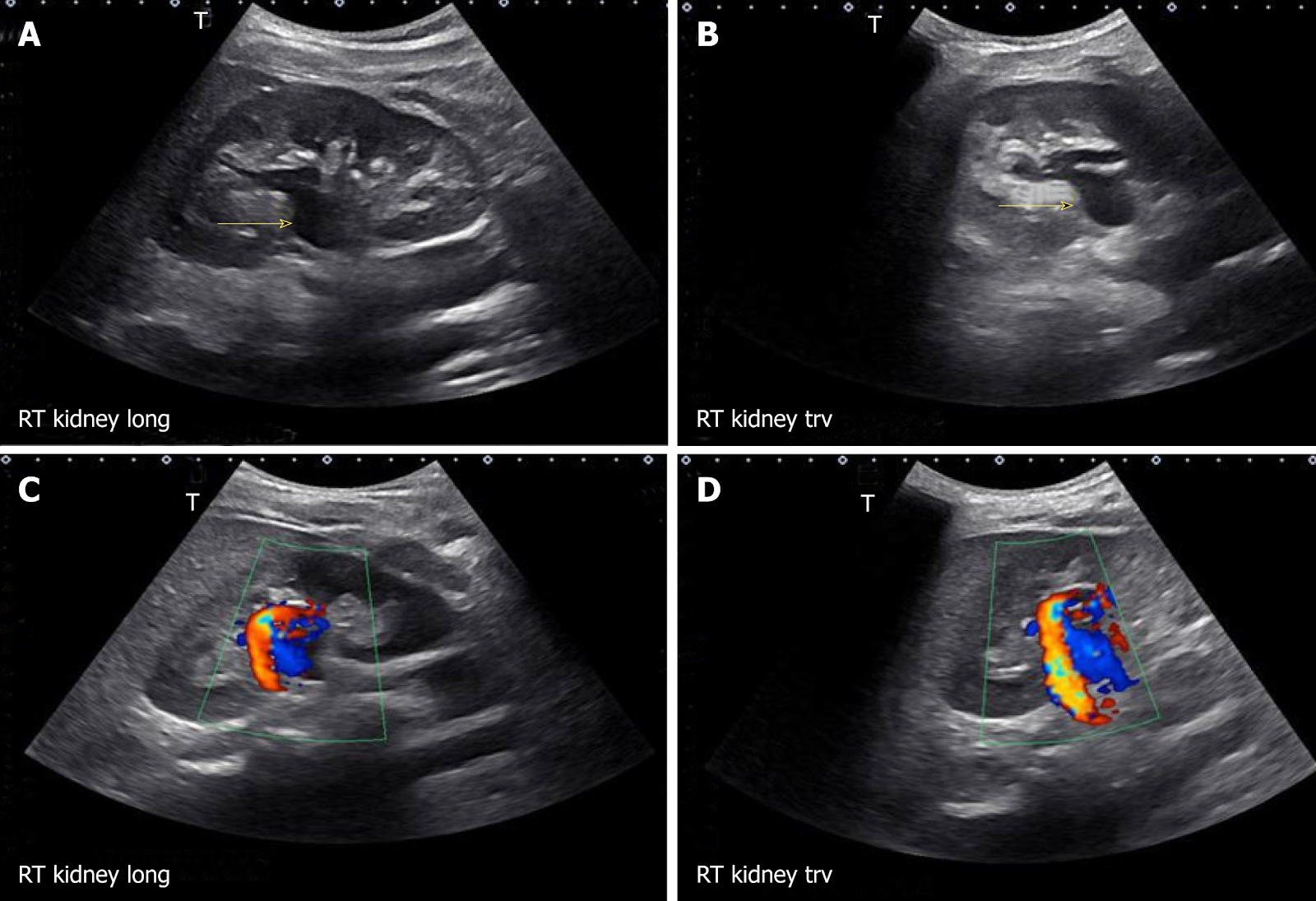By Dr Chin Loi Chung – Consultant Radiologist
LifeCare Diagnostic Medical Centre,
Kuala Lumpur, Malaysia

An ultrasound scan uses high-frequency sound waves to create images of the inside of the body. Ultrasound scans, or sonography, are safe because they use sound waves or echoes to make an image, unlike x-ray machines which use radiation.
Ultrasound scans are used to detect a pregnancy and evaluate fetal development, and they can detect problems in the liver, heart, kidney, or other organs in the abdomen. They may also assist in performing certain types of biopsy.
Ultrasounds are performed by radiologists or sonographers
An ultrasound is conducted with a transducer, a hand-held device, which is placed on the patient’s skin
The term “ultrasound” refers to sound with a frequency that humans cannot hear
Ultrasound will travel through the blood in the heart chamber, for example, but if it hits a heart valve, it will echo, or bounce back.
It will travel straight through the gallbladder if there are no gallstones, but if there are stones, it will bounce back from them. The denser the object the ultrasound hits, the more of the ultrasound bounces back.

This bouncing back, or echo, gives the ultrasound image its features. Varying shades of gray reflect different densities.
The transducer is normally placed on the surface of the patient’s body, but some types are placed internally. These can provide clearer, more informative images.
Examples:
Ultrasound images are made from reflected sound, and a diagnosis can then be made. It is commonly used for diagnosis, for treatment, and for guidance during procedures such as biopsies. It can be used to examine internal organs such as the liver and kidneys, the pancreas, the thyroid gland, the testes and the ovaries, and others.
An ultrasound scan can reveal the type of lump being investigated, whether a solid tumor or a cyst. It can help diagnose problems with soft tissues, muscles, blood vessels, tendons, and joints.

Doppler ultrasound can assess the flow of blood in a vessel or blood pressure. It can determine the speed of the blood flow and any obstructions.
An echocardiogram (ECG) is an example of Doppler ultrasound. It can be used to create images of the cardiovascular system and to measure blood flow and cardiac tissue movement at specific points.
A Doppler ultrasound can assess the function and state of cardiac valve areas, any abnormalities in the heart, valvular regurgitation, or blood leaking from valves, and it can show how well the heart pumps out blood.
The scan usually takes place in the radiology department of a hospital or medical centre. A doctor or a specially trained sonographer will carry out the test.
Most scans take between 20 and 30 minutes. It is not normally painful, and there is no noise. In most cases, no special preparation is needed, but patients may wish to wear loose-fitting and comfortable clothing.
If the liver or gallbladder is affected, the patient may have to fast, or eat nothing, for several hours before the procedure.
For a scan during pregnancy, and especially early pregnancy, the patient should drink plenty of water and try to avoid urinating for some time before the test. When the bladder is full, the scan produces a better image of the uterus.
Ultrasound are noninvasive and safe, and they involve no ionizing radiation exposure.
KKLIU 1600/2021